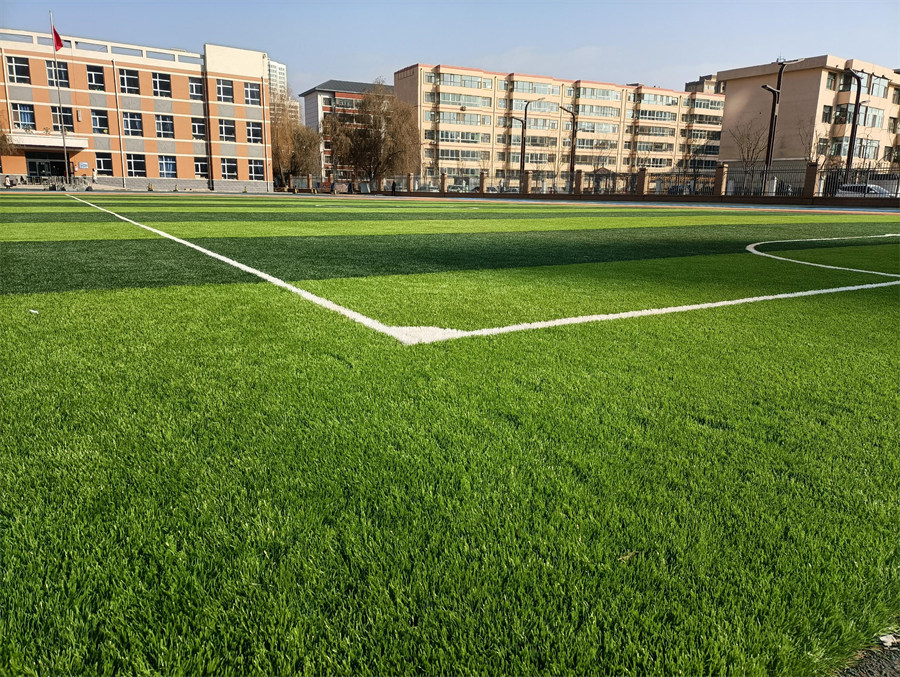The artificial turf of factors influencing wear resistance part1
Jul. 18 , 2022
As a kind of plastic chemical fiber product imitating natural lawn, artificial lawn not only meets the demand of high-intensity sports and has strong applicability, but also has a similar appearance to natural lawn, good touch and excellent smoothness. It does not need to consume a lot of manpower and material resources to maintain it. When artificial turf is used in the playground, the most basic performance requirement is the wear resistance of the product. If the wear-resistant performance is poor, the increased wear of the product will not only lead to the failure of the artificial turf warranty in advance, shorten the service life, but also increase the potential safety hazards of sports and use and many other adverse consequences. Therefore, improving the wear-resisting performance of artificial turf has significant significance in prolonging the service life of turf, and can also play a positive role in the development of economy and sports.

So how to improve the wear resistance of artificial grass? First of all, from the raw materials of artificial grass to understand. At present, sports artificial turf is basically made of polymer composite materials, its main component is polyethylene polymer material. Although such materials have excellent physical, chemical and mechanical properties, polymer materials have low surface hardness, poor bearing capacity and are prone to wear. The high frequency of use of such artificial turf increases the wear and tear of the product. Therefore, people try to enhance the wear resistance of artificial grass with various filler materials and study the texture of its interaction with the matrix material. Facts and data also prove that the amount of filler materials used strictly in accordance with the standard, can effectively improve the wear resistance and service life of artificial lawn.







